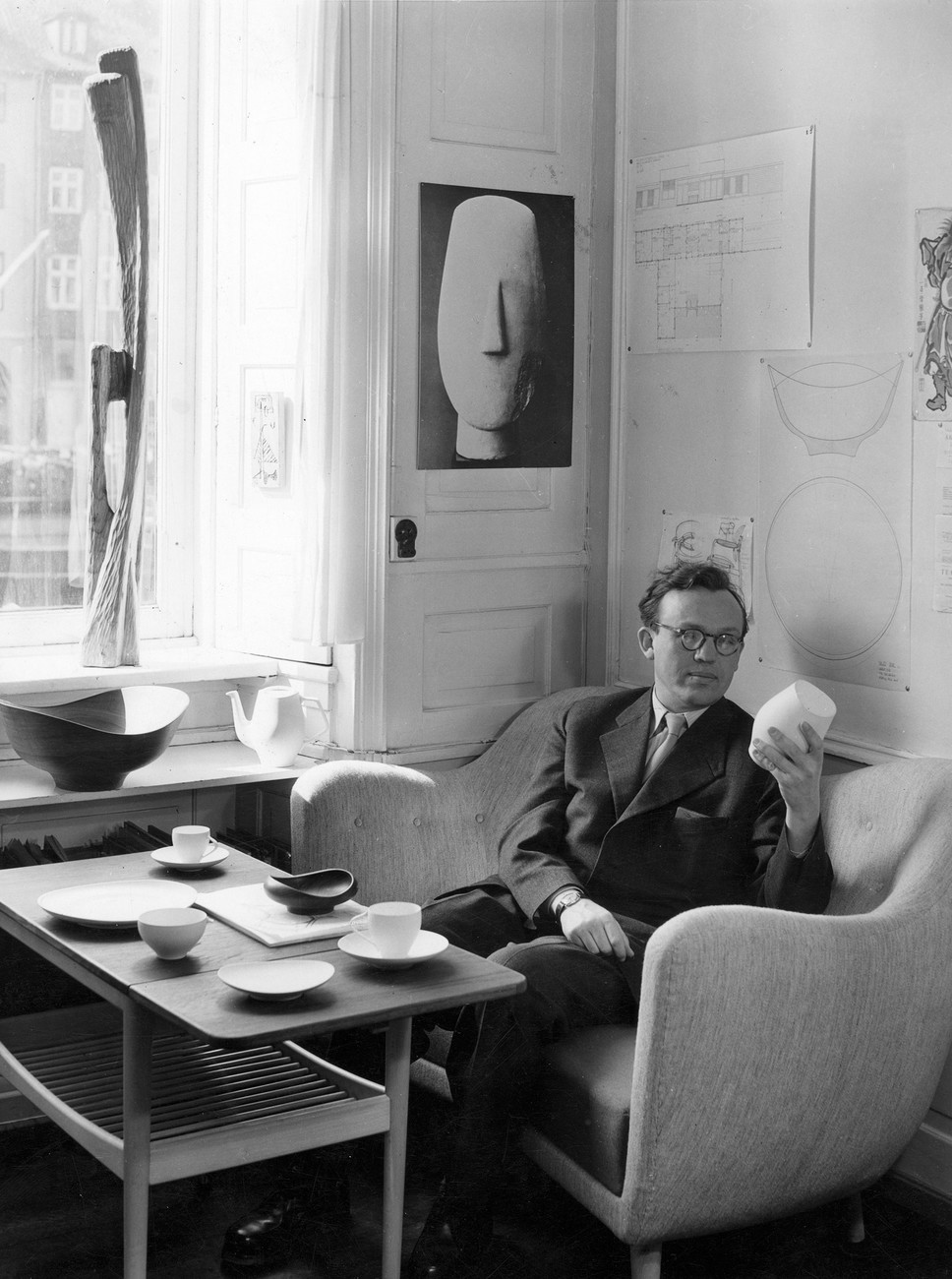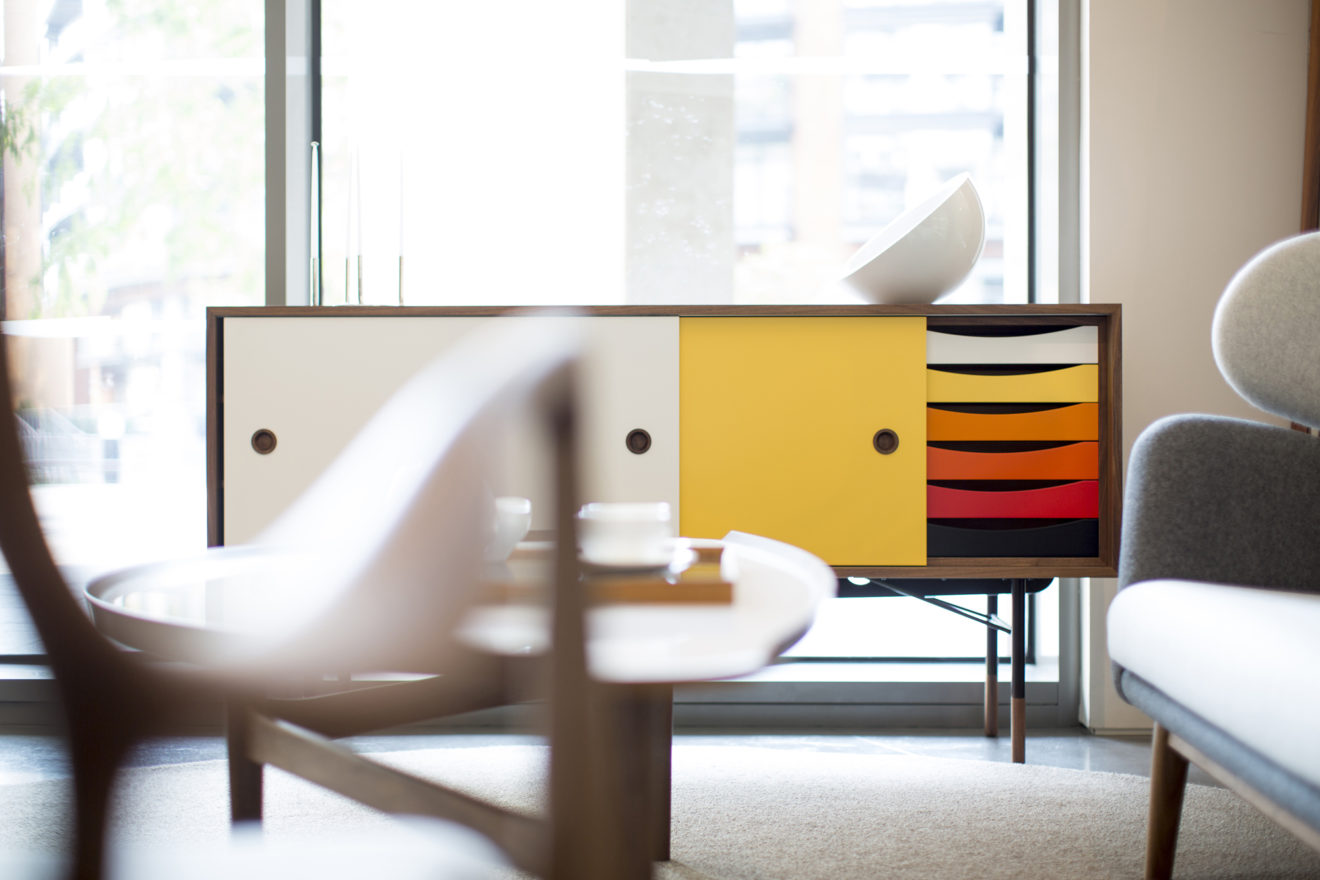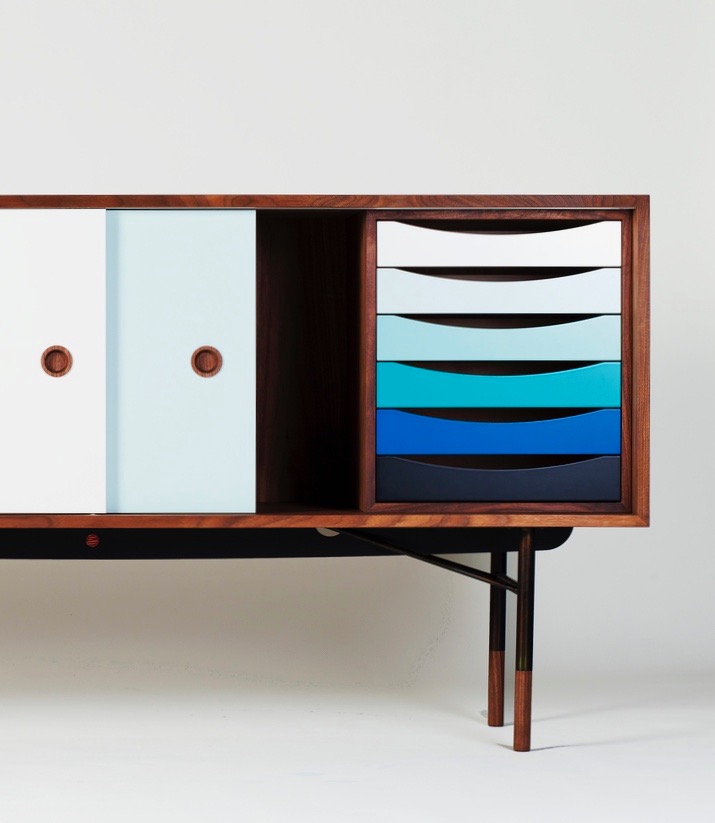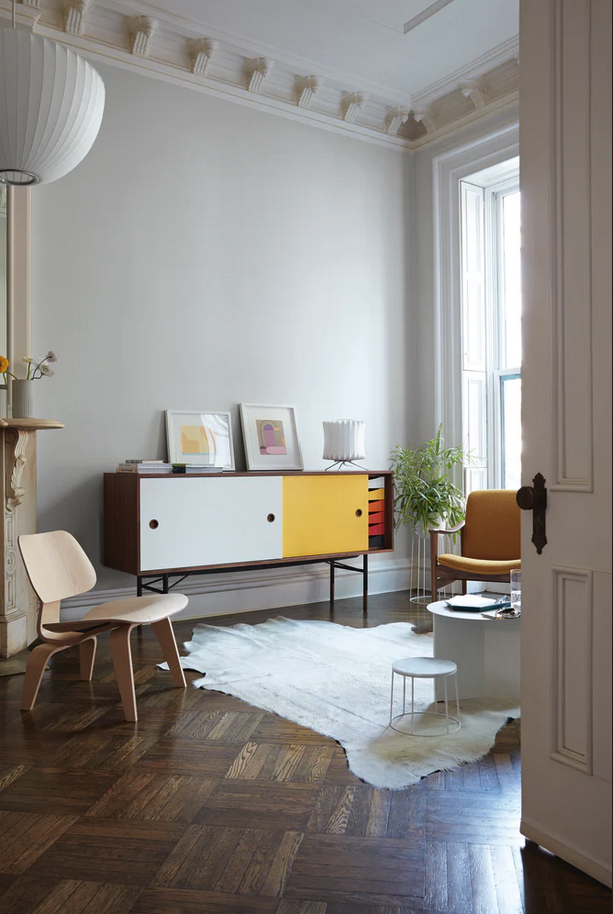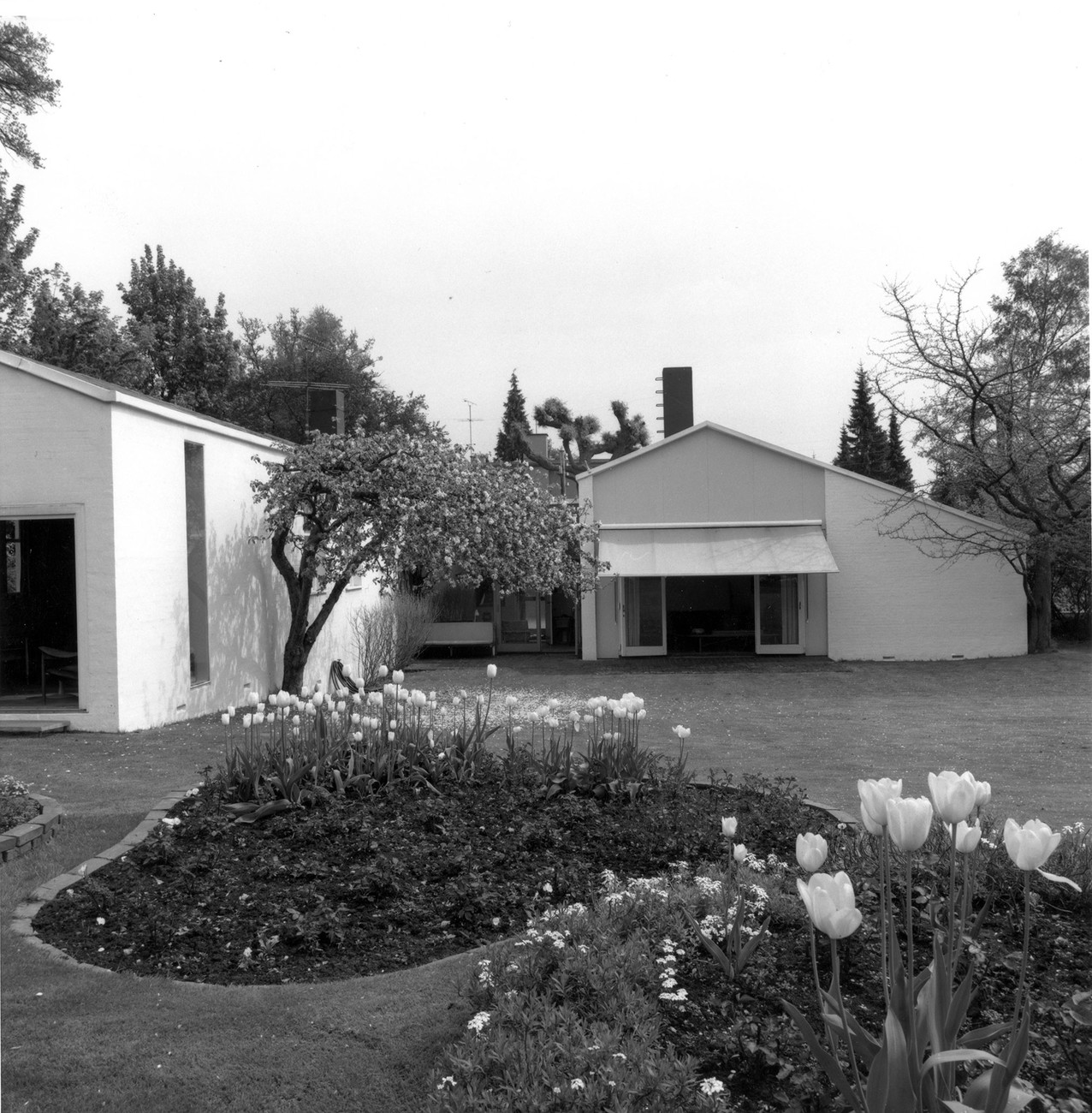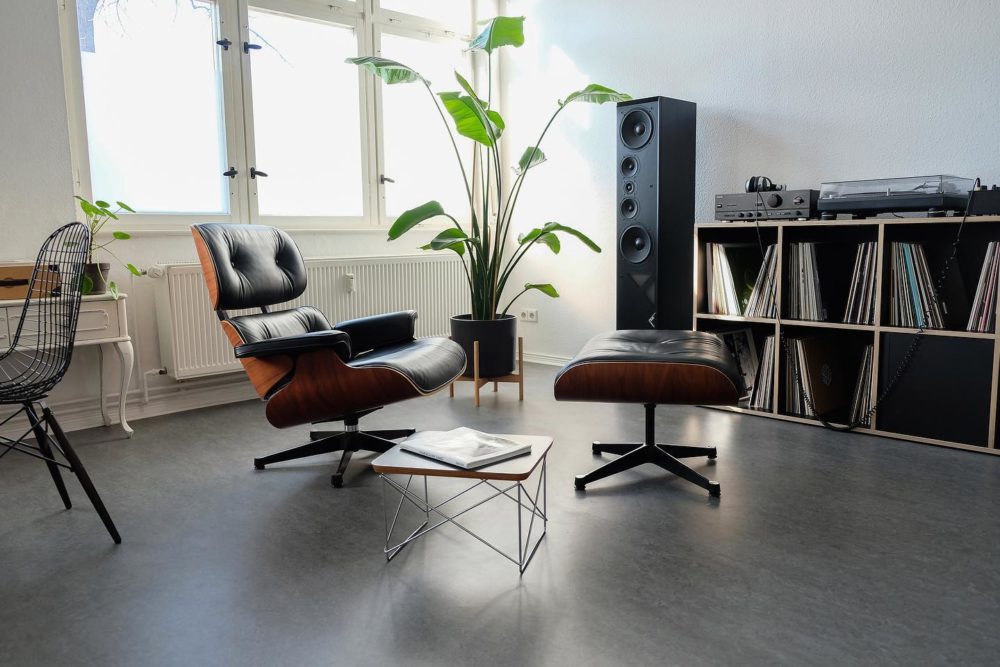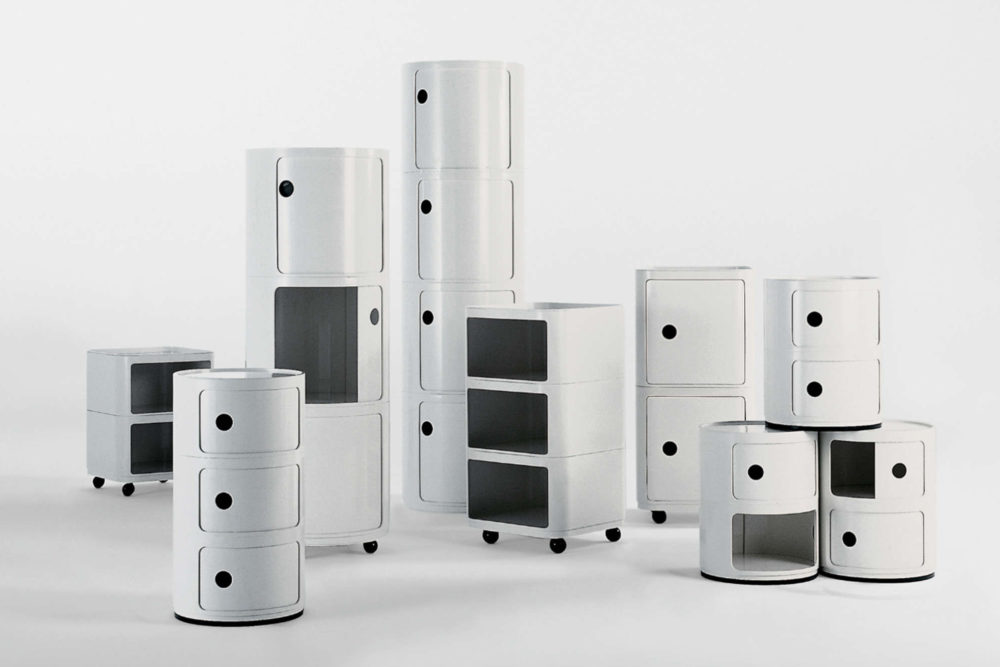Finn Juhl 1955 Sideboard
Danish furniture designer, Finn Juhl, originally wanted to become an art historian but was steered off a career in the arts by his father, who wouldn’t allow it. Instead, Juhl began studying architecture at The Royal Danish Academy of Fine Arts, School of Architecture, in Copenhagen in the 1930s. In 1934, alongside his studies, Juhl began working for leading architect Vilhelm Lauritzen, who was exploring the clean lines and ‘modern’ materials of functionalist design.
Juhl began creating furniture for himself in 1941, guided by a strong belief that furniture should work alongside art and handicrafts in the home to create a sense of cohesive completeness. He had begun collaborating with expert cabinetmaker Niels Vodder, causing a significant stir with their chair designs, which fused Juhl’s sculptural approach with innovative joinery.
“Art has always been my main source of inspiration.” – Finn Juhl
Finn Juhl’s 1955 Sideboard was originally created for Bovirke, and followed the popular Danish design trope of the time that saw cubist-style wooden cabinets appear as floating on a lightweight steel frame. Juhl combined this mastery with a palette inspired by Goethe’s groundbreaking colour wheel, which he appreciated for its aesthetic harmony.
The 1955 Sideboard, along with a catalogue of Juhl’s most iconic and sought-after designs, continues to be produced by Danish manufacturers House of Finn Juhl, who were granted exclusive rights to Finn Juhl’s archival designs by his widow, Hanne Wilhelm Hansen.
The 1955 Sideboard is available in two colourways – warm or cold – with a veneered corpus of either teak, oak, walnut or Oregon pine, and a choice of either a burnished steel frame, or painted black, orange (warm) or light blue (cold). The tray unit in tonal, graduating colours, is optional, and the sliding doors can be veneer or lacquered in corresponding warm or cold tones.
His work with Vilhelm Lauritzen became so consuming that Juhl never completed his studies, and considered himself as self-taught, despite becoming an honorary member of the Academic Architect Society in 1942. He continues to win awards for his furniture designs posthumously, and his own home is part of the Ordrupgaard Museum, preserved as an early example of open-plan design.

